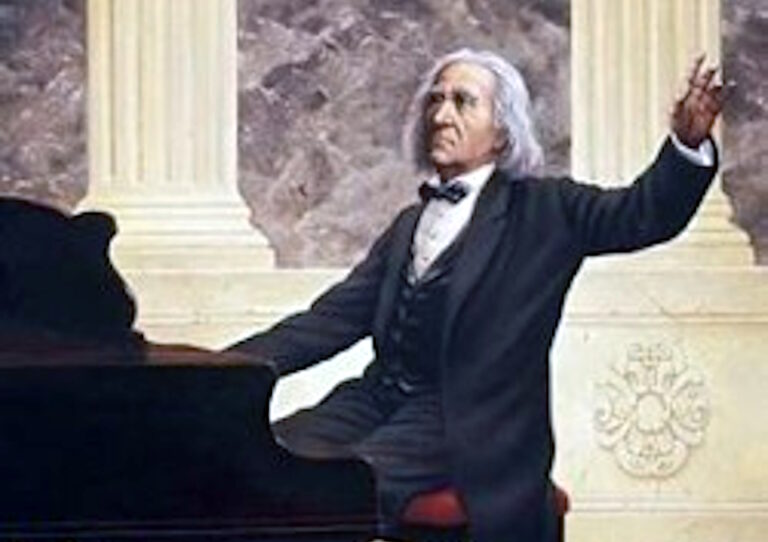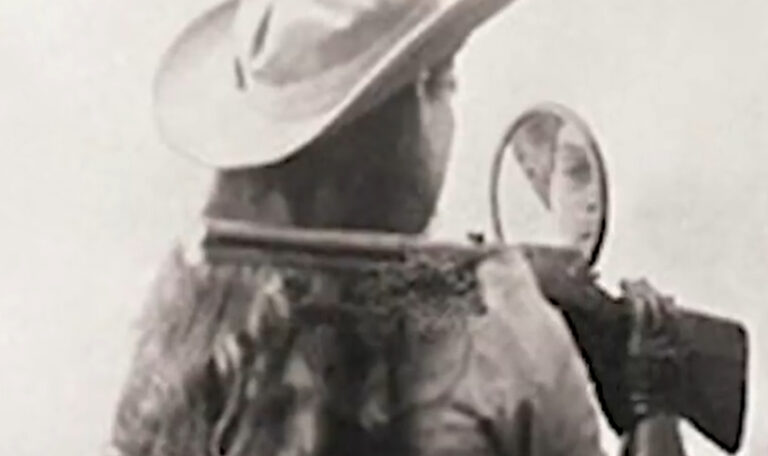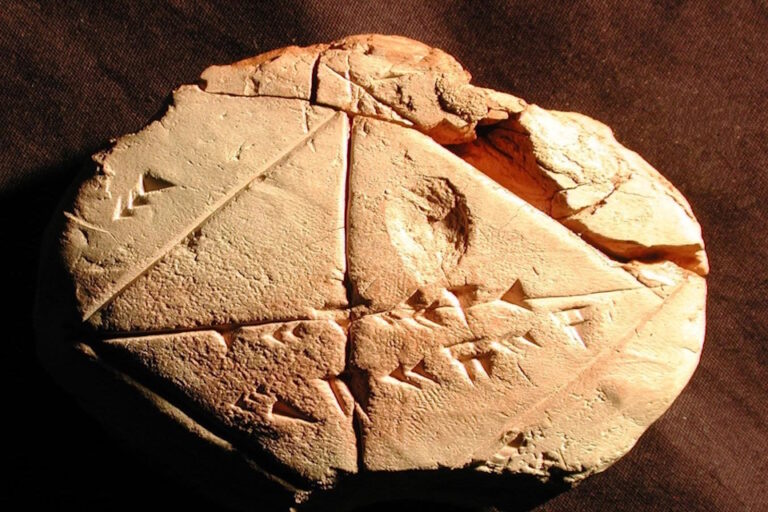Henry Cavendish (1731–1810) was one of the most brilliant and eccentric scientists of the 18th century—a natural philosopher, chemist, and physicist who made foundational discoveries in fields ranging from gases and electricity to gravitation and atomic theory. Despite his shyness and reclusiveness, Cavendish’s work quietly shaped the course of modern science. His experiments were so meticulous and advanced that many of his findings were only fully appreciated decades after his death.
Shy Genius of British Science
Henry Cavendish was born into one of England’s wealthiest aristocratic families. Educated at Cambridge (St. Peter’s College), he never earned a degree but rapidly established himself as a serious scientific thinker. He was famously reclusive, avoided social interaction, and was uncomfortable even speaking to others—especially women.
One account mentions that he had a private staircase built so he could avoid house staff entirely.
Yet in his private laboratory in London and later at his estate in Clapham, Cavendish conducted some of the most precise and innovative experiments of the Enlightenment, driven not by fame but by pure curiosity.
Discovery of Hydrogen (“Inflammable Air”) – 1766
Cavendish was the first to recognize hydrogen as a distinct element, which he called inflammable air. He showed that:
It was produced when metals reacted with acids.
It was lighter than air.
When burned, it formed water.
This last point was revolutionary—he demonstrated that water was not an element, as believed since ancient times, but a compound of hydrogen and oxygen. His work laid the foundation for the chemical revolution that would be formalized by Lavoisier.
Measuring the Earth’s Mass – The Cavendish Experiment (1797–1798)
Cavendish devised an elegant experiment using a torsion balance to measure the gravitational attraction between lead spheres. From this, he was able to calculate:
The density and mass of the Earth.
An early measurement of Newton’s gravitational constant (G)—though Cavendish did not call it that himself.
Electrical Research
Cavendish conducted extensive electrical experiments before the invention of modern instruments:
He measured the capacitance of objects and understood concepts similar to Ohm’s law before Georg Ohm published his findings.
He showed that electric charge resides on the surface of a conductor and not inside it.
Much of his electrical work was unpublished and only recognized later by James Clerk Maxwell, who edited and published Cavendish’s papers in the 1870s.
Pioneer of Gas Chemistry
Cavendish was meticulous in studying the composition of air:
He determined that nitrogen and oxygen make up nearly all of the atmosphere.
By removing all oxygen and nitrogen from air, he found a small residual portion—the first discovery of noble gases (later known as argon).
The Cavendish Legacy
Although Cavendish published relatively little, his laboratory notebooks were treasure troves of ideas decades ahead of his time. He was a pioneer of precision measurement, with an obsession for accuracy rarely seen in that era.
He left no children, lived modestly despite immense wealth, and rarely sought recognition. He represents the purest spirit of Enlightenment science: curiosity, rigor, humility, and the fearless pursuit of truth, even if only for oneself.
Thousands of Pages of Lost Discoveries
He left over 20,000 pages of lab notes, many filled with precise data and theoretical insights that would later be “discovered” by others—sometimes a century later.
For example, his work hinted at the law of conservation of energy, specific heat capacities, and gas laws before they became common knowledge.







